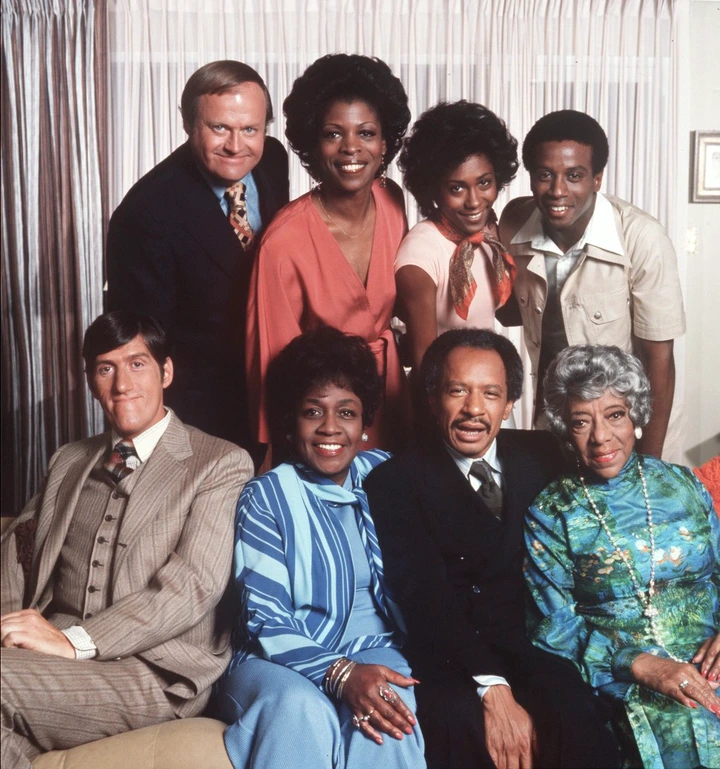'The Jeffersons' at 50: The Impact of Norman Lear on Black Representation in Television
Jim McKairnes | Special to USA TODAY
At 11 seasons, “The Jeffersons” ran longer than any of producer Norman Lear’s classic 1970s comedies, including its parent show “All in the Family.” But the more important history it made came as soon as its first episode, 50 years ago this week: CBS' “The Jeffersons” marked the first Black-family comedy for which Black didn’t signal economic struggle.
George and Louise Jefferson (Sherman Hemsley and Isabel Sanford) were plain rich. Credit the Black Panthers. At least, in part.
As racial barriers fell and onscreen representation increased in the early 1970s, the biggest gains were in half-hour comedies. Some of these “Black shows” ‒ a series adaptation of Neil Simon’s “Barefoot in the Park,” military comedy “Roll Out” (from the creators of “M*A*S*H”), and barbershop sitcom “That’s My Mama” ‒ came and went. Two became giant hits: NBC’s “Sanford and Son” and CBS’ “Good Times.” But their tales of impoverished lives unfolding in famously Black neighborhoods ‒ the Sanfords were junk dealers in Los Angeles’ blighted Watts community, while “Good Times” was set in a Chicago housing project ‒ offered singular, even stereotypical, portraits: Two steps forward, one step back.

View pictures in App save up to 80% data.
'The Jeffersons' were elevating their status.
“The Jeffersons” made its way into primetime to shake things up. The show followed the beloved neighbors of Archie and Edith Bunker as they reveled in the prosperity of their growing dry cleaning enterprise, swapping their modest Queens rowhouse for a lavish apartment on Manhattan’s Upper East Side. The challenges they faced were more about cultural adjustment than financial hardship, as the newly affluent sought to blend in with the established elite.
The spinoff became a certainty following Hemsley’s initial appearance in Season 4 of “All in the Family.” Louise Jefferson, played by Sanford, along with their son Lionel, portrayed by Mike Evans, had been recurring characters since 1971. However, Hemsley, who was envisioned by Lear as the head of the family, wasn't available until 1973.
In his 2014 memoir titled “Even This I Get To Experience,” Lear recounted how a chance meeting outside of the entertainment industry helped to accelerate the process.
How the Black Panthers Influenced a Television Family That Wasn't 'Dirt Poor'
“One day, three representatives from the Black Panthers burst into my CBS office, declaring they were there to speak with the garbage man – me,” he recounted. “They criticized ‘Good Times,’ labeling it as trash. ‘It’s merely a white man’s interpretation of a Black family… every time you feature a Black man on television, he’s portrayed as impoverished.’”
“The Jeffersons” emerged as his answer. Following an unofficial first episode marked by a “Family” farewell, the show premiered midseason on January 18, 1975. Strategically placed in CBS' Saturday lineup, right after its successful predecessor, the new comedy quickly garnered a strong viewership. As George and Louise established their lives, audiences embraced them as well. By the end of the 1974-75 season, the show ranked as the fourth most-watched program.
“The Jeffersons” benefitted from a larger cast than seen in Lear’s other hits, too, allowing for more storylines to explor